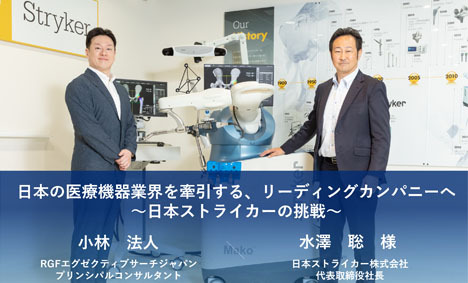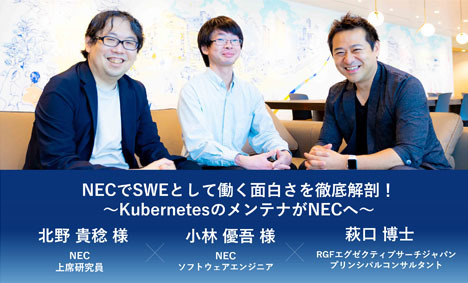As much of the world adapts to working remotely, it is important for businesses to adapt to this type of culture, too. One way to implement remote work functionality is in the hiring and onboarding process. By introducing a virtual onboarding program for new hires, organizations will be able to resume hiring faster and can continue using the program in the future, especially if the business is looking to scale and expand regionally or globally. It is also important for the onboarding program to not be overlooked, as an effective onboarding program will help boost productivity, engagement, and retention of employees.
Pivoting an onboarding program from occurring in-person to virtually may seem like a gargantuan task, but it actually does not require overhauling your current process. Here’s how to get started:
Determine the Flow of Your Virtual Onboarding
When adapting your current onboarding process for an online environment, one of the biggest considerations is how, exactly, to structure it. When making changes, keep in mind that the onboarding process is important for new hires to understand your company, its culture, and their role – just because it is happening online does not mean you have to change the content or process, or pack it into one thirty-minute session.
That said, it may make sense to change the onboarding process schedule so that it occurs over a longer timeframe and over multiple interactive video sessions. For example, rather than a full day of onboarding, perhaps it becomes two half-days, so that the new employee spends the morning of the first day learning about the company and its values alongside other new hires, then the afternoon training via remote sessions with their managers and new colleagues that allow them to learn their new role, set performance goals, become familiar with the projects, and get to know how the team functions.
Your team should work with managers across the company to communicate how remote onboarding and new hire training should operate and provide assistance in setting up weekly check-ins between the manager and new hire to answer questions, set expectations, review progress, and see how everything is going. These Intentional plan of regular check-ins and touchpoints to make sure no new hire feels forgotten or overlooked.
“It is very easy to resort to quick responses to questions by chat and email, but for a new joiner who is still adapting to a new work environment and culture, verbal communication rather than written communication is important,” said William Yau, Senior Director, Regional Practice Head, RGF Executive Search Japan. “It helps to give a fuller picture about how things work, and also gives them an opportunity to ask more questions that they might not have taken the time to write by email.”
The most critical point for virtual onboarding is to create a clear structure and timeline that includes meeting links for each session that ensures a smooth onboarding path.
Pre-Call Organization is Vital
Where you once may have handed new employees a welcome folder full of forms, employee policies, and organizational charts, now you’ll need to send new hires these important documents. Rather than attaching them all individually to an email, create an easily accessible folder that will act as the hub for all things onboarding. By digitizing this process, employees will be able to access and refer to the various documents at any time.
This folder can be sent to the new hire along with a welcome email that details their start date and the date of their virtual onboarding. That said, if it’s important an employee receives physical copies of certain forms, be sure to mail these to them ahead of their onboarding date so that they have them handy during the call.
In addition, new hires working remotely will need the necessary hardware to perform their job prior to their onboarding date. Be sure to ship them a company laptop that has clear instructions on how login, set up their email address, share the employee handbook, and collect any personal information as part of an employee’s pre-boarding program. It’s also a great idea for the manager to send them an enthusiastic congratulatory an welcome message so that it is in their inbox when they login for the first time.
Troubleshoot Technical Difficulties in Advance
Prior to the onboarding call, take the time to test out the video conferencing software you are using to ensure you know how to use all the features. Doing a test run of tools such as sharing your screen and presenting will help you feel more confident and at ease knowing everything will run smoothly during the call. It’s also a good idea to familiarize yourself with any troubleshooting advice the software provides, just in case something does occur during the call and you need to fix it on the fly.
Keep Culture in Mind
A main challenge of working remotely is preserving the culture of your organization – and it can seem doubly difficult to introduce new hires to the culture when everyone is working from home. One way to promote more social activity within the first few weeks of a new hire joining the team is to set up not just training calls, but casual small group chats with the new employee. These can be with the direct team, extended team members, and other new hires to give everyone a chance to meet, chat, and get to know a little bit about each other. These sessions will allow the new employee to build their internal networks, learn more about the company by talking to employees in other departments, and gain a deeper understanding of the roles and responsibilities of their colleagues.
William Yau agrees with this and said, “I really try to keep in mind to connect with a new joiner from during the week via a call or video chat just to see how things are going. If the only time you interact is for training or to deal with an issue, then the overall experience is more negative.”
Some ideas for these casual catchups can be meet-and-greet session during a virtual team lunch or virtual happy hour, or launching a interactive trivia game. Additionally, you can also consider assigning new employees a virtual mentor who can help in the new employees learning and growth as an additional resource for advice and feedback.
Listen and Learn
As your business becomes more comfortable with virtual onboarding, this may mean that processes need to be tweaked or changed completely if certain aspects aren’t working – and that’s a good thing! Seek feedback from the new hires about the process and work to fill the gaps they point out and incorporate their advice into your virtual onboarding program.
By using these tips, you’ll be able to onboard new hires virtually – and seamlessly.
RGF Executive Search can provide you with insights about Asia Job Market and can get you access to its best talents.
Contact Us
In this article:







